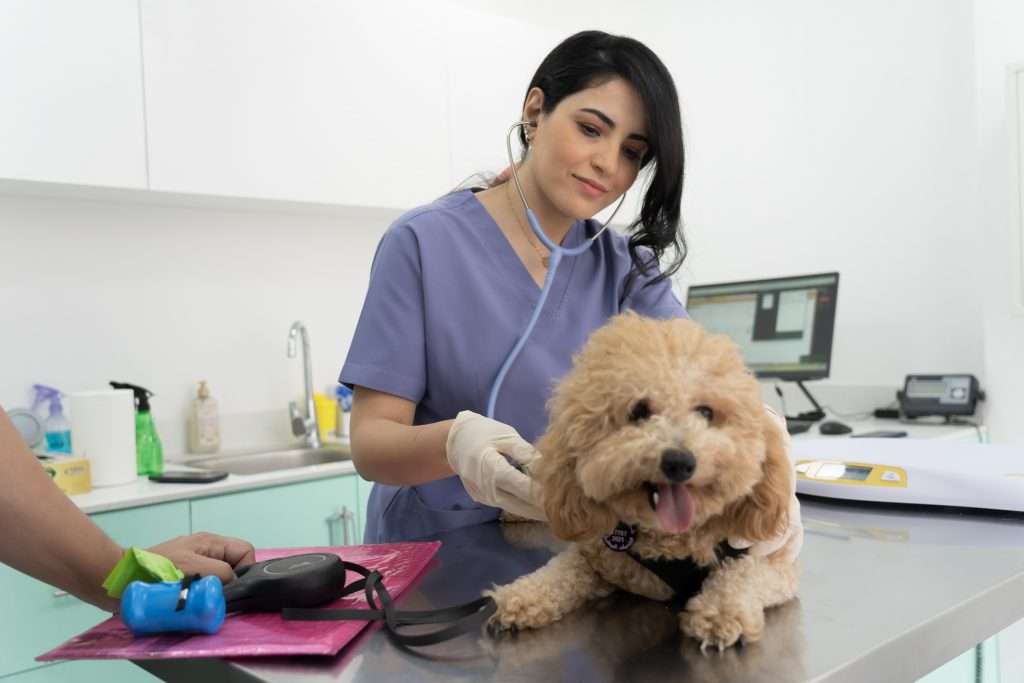What is a microchip?
A microchip is a radio-frequency identification transponder that carries a unique identification number and is roughly the size of a grain of rice. When the microchip is scanned by a vet or shelter, it transmits the ID number. There’s no battery, no power required, and no moving parts. The microchip is injected under the loose skin between your pet’s shoulder blades and can be done in the consultation room.
Once the microchip is installed, your pet has a way to be identified if it ever gets lost and is sent into a shelter or veterinary clinic. The microchip contains an identification number registered to your name, address, and contact information.

Microchips: Fact vs. Fiction:
✔ Your pet’s microchip ID will last its entire lifetime. You’ll only have to keep your registration active and update your information anytime you move or change phone numbers.
✔ It is always a great idea to microchip both dogs and cats. Since many cats don’t wear collars, a microchip ensures your kitty can be returned to you if they ever escape the house, yard, or neighbourhood. Remember, cats are independent creatures ‒ they are just as likely to act on impulse as dogs!
✔ Microchips are small and simple RFID (radio-frequency identification) devices. RFID technology does not require a battery and will only communicate an identification number when given enough power from a microchip scanner as it’s passed over the chip. RFID chips do not contain any GPS technology.